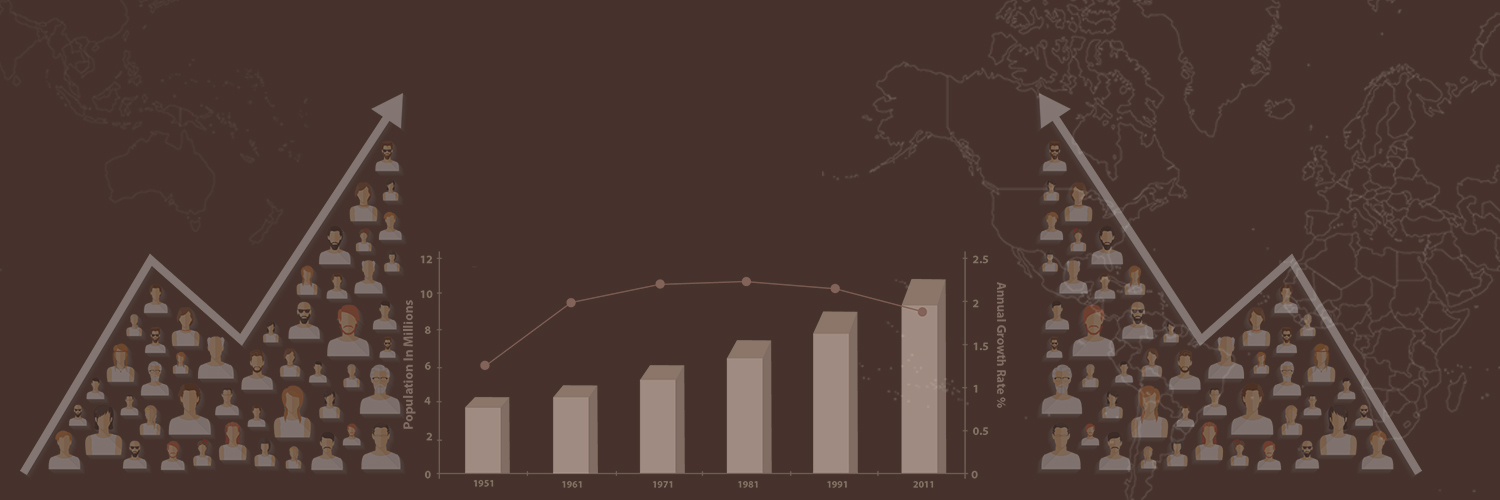Comparing the Three Sectors
- A very large number of goods and services are produced by the various production activities in the primary, secondary and tertiary sectors.
- The sum of production in the three sectors gives the Gross Domestic Product (GDP) of a country.
- Thus, GDP is the value of all final goods and services produced within a country during a particular year and is an indication of how big the economy is.
Historical Change in Sectors
- Over a span of more than hundred years, factories came up and started expanding.
- Secondary sector gradually became the most important in total production and employment.
- Further, there has been a further shift from secondary to tertiary sector in developed countries in the past century.
- So, the service sector in developed countries has become the most important in terms of total production, where most of the working people are also
Primary, Secondary and Tertiary Sectors in India
Rising Importance of the Tertiary Sector in Production
- Production has increased the most in the tertiary sector, although it has increased in all sectors between 1973-74 and 2013-14.
- So, in the year 2013-14, the tertiary sector has emerged as the largest producing sector in India replacing the primary sector.
Where are most of the people employed?
- Between1972-73 and 2011-12, the primary sector continued to be the largest employer because not enough jobs were created in the secondary and tertiary sectors.
- On the other hand, the secondary and tertiary sectors produce four-fifths of the produce but employ less than half the people.
- It is called disguised unemployment as this kind of underemployment is hidden in contrast to someone who does not have a job and is clearly visible as unemployed.
How to Create More Employment?
- The government can spend some money or banks can provide a loan for people having large plots of unirrigated land, to construct a well to irrigate the land.
- Another way to create more employment is to identify, promote and locate industries and services in semi-rural areas where a large number of people may be employed.
- Similarly, to improve the health situation, many more doctors, nurses, health workers etc. are required to work in rural areas.
- Every state or region has potential for increasing the income and employment for people in that area, through tourism, or regional craft industry, or new services like IT.
- The Planning Commission also estimated that if tourism as a sector is improved, every year additional employment can be given to more than 35 lakh people.
- The central government in India made a law called Mahatma Gandhi National Rural Employment Guarantee Act 2005 (MGNREGA 2005), implementing the Right to Work in about 625 districts of India.
Division of Sectors as Organised and unorganised
Organised sector
- It includes those enterprises or places of work where the terms of employment are regular and therefore, people have assured work.
Unorganised sector
- The unorganised sector is includes small and scattered units which are largely outside the control of the government.
How to Protect Workers in the Unorganised Sector?
- Almost 80 per cent of rural households in India are small and marginal farmers who need to be supported through adequate facility for timely delivery of seeds, agricultural inputs, credit, storage facilities and marketing outlets.
- In the urban areas, unorganised sector comprises mainly of workers in small-scale industry, casual workers in construction, trade and transport etc., and those who work as street vendors, head load workers, garment makers, rag pickers etc.
- Small-scale industry also needs government’s support for procuring raw material and marketing of output.
